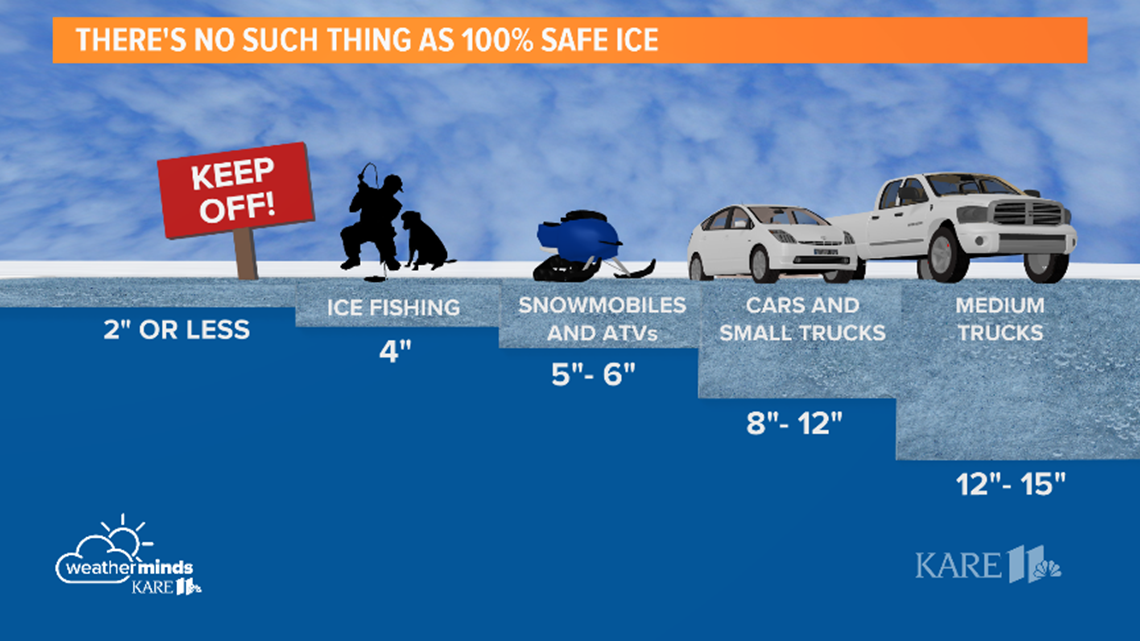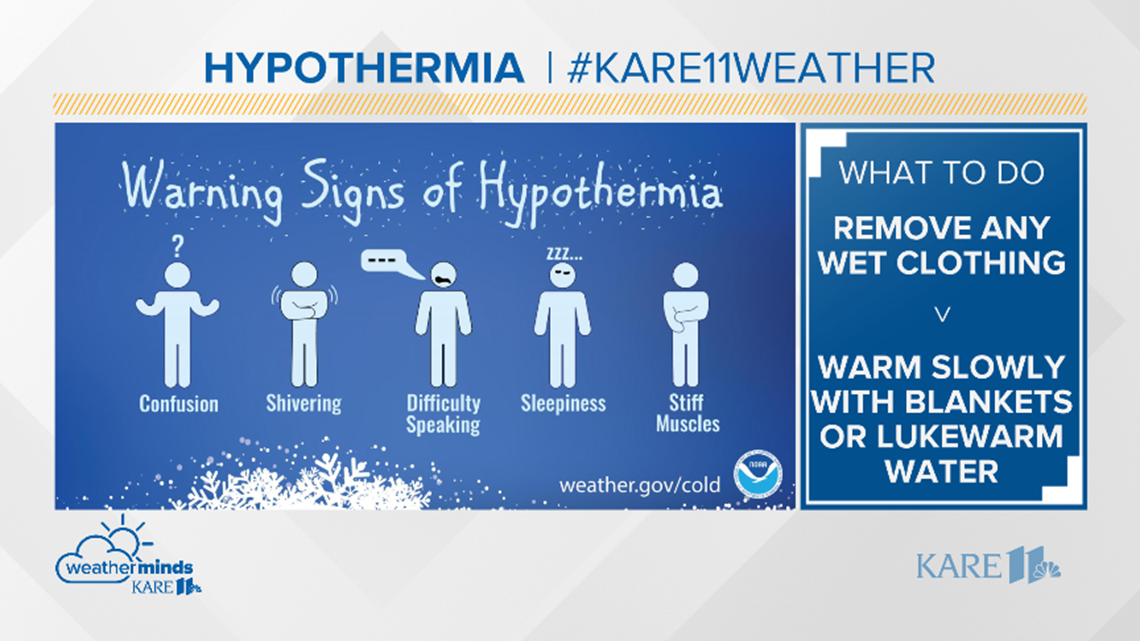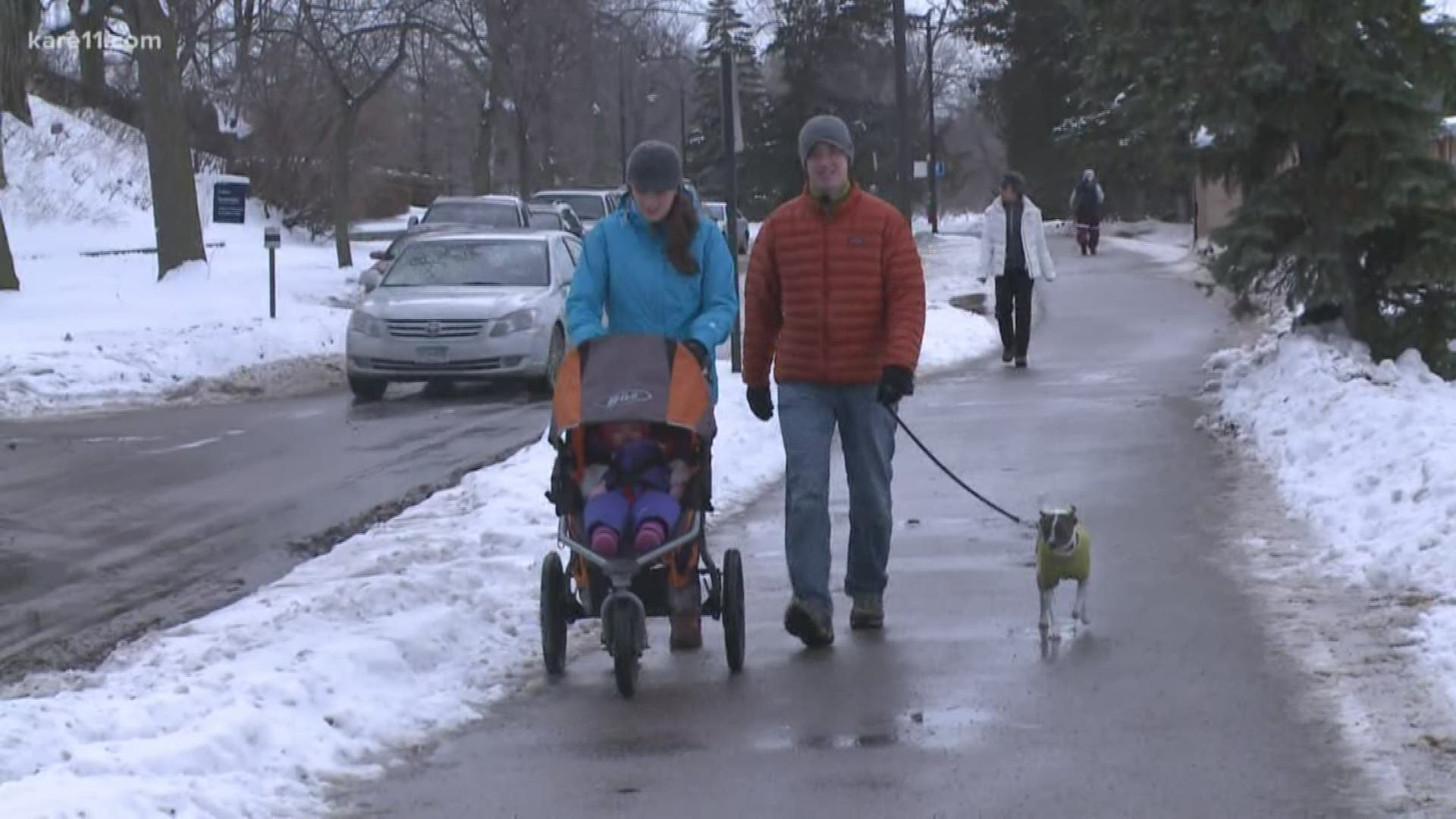Monday marks the start of Winter Hazard Awareness Week in Minnesota. In Wisconsin, there is a similar campaign called Winter Awareness Week also starts today. Each day has a specific topic to focus on, each relating to keeping you and your family safe in winter weather for the coming months.
Monday's topic is winter storms.
When they're approaching there are often watches, warnings and advisories issued so we can all prepare. But what the difference between all those alerts.
First up is a winter storm watch. This is a general advisory when winter weather is expected in the next 1 to 3 days. It shows up as blue on our maps and is intended to provide time for you to prepare for upcoming winter weather.
Next, a winter weather advisory shows up on our maps in purple.
A winter weather advisory is issued when winter weather like snow or ice is forecast to cause inconveniences that might be hazardous, but is not expected to be life threatening.
A winter storm warning is a bit more serious. Shown on our maps in pink, a winter storm warning is issued when snow/sleet or ice is more significant.
Specifically, either when four or more inches of snow or sleet are forecast within the next 12 hours or when 6 or more inches of snow are forecast within the next 24 hours or when 1/4" or more of ice is expected.
Most severe is a bright orange blizzard warning, which means that snow and wind are forecast to combine for whiteout conditions with the potential for deep drifts and life threatening wind chills.
Plan to cancel plans when a blizzard warning is issued for your area. On average we get two blizzards in Minnesota each year.
Tuesday's topic is Outdoor Winter Safety, which includes ice safety and staying safe in cold weather.
When it comes to ice, no ice is ever 100% safe. For new, clear ice, 4" is the thickness needed for walking. Keep off any ice 2" thick or less. A small car needs at least 8". A medium sized truck needs at least 12".


Then for cold weather, keep the signs of hypothermia in mind when you're out and about enjoying winter activities.


Other topics this week:
- Wednesday - Winter Fire Safety
- Thursday - Indoor Winter Safety
- Friday - Winter Driving Safety
Stay tuned as the Kare11 weather team explains the topics each day this week. Use the information to have a conversation with your family on keeping safe during the coming winter season.



